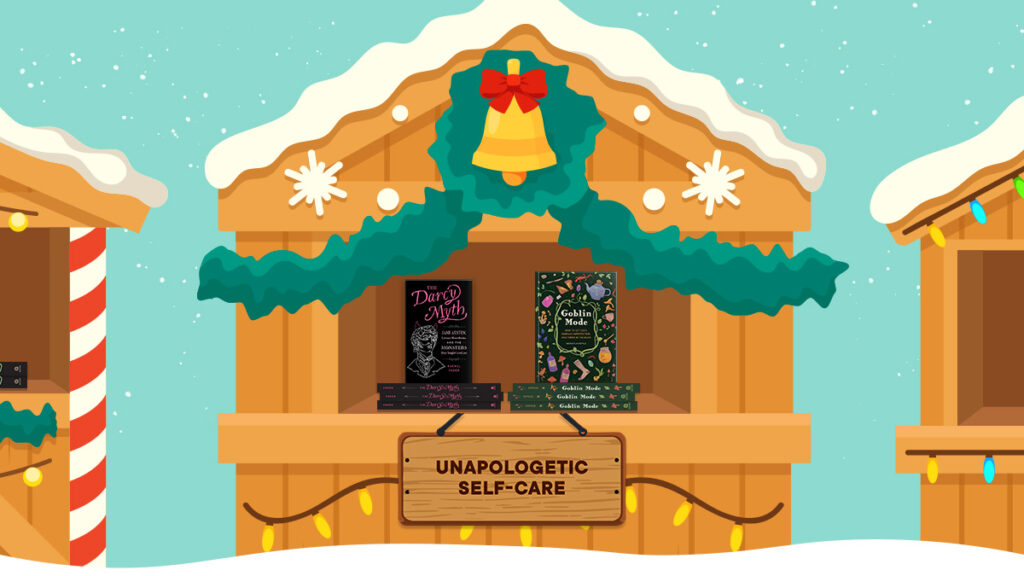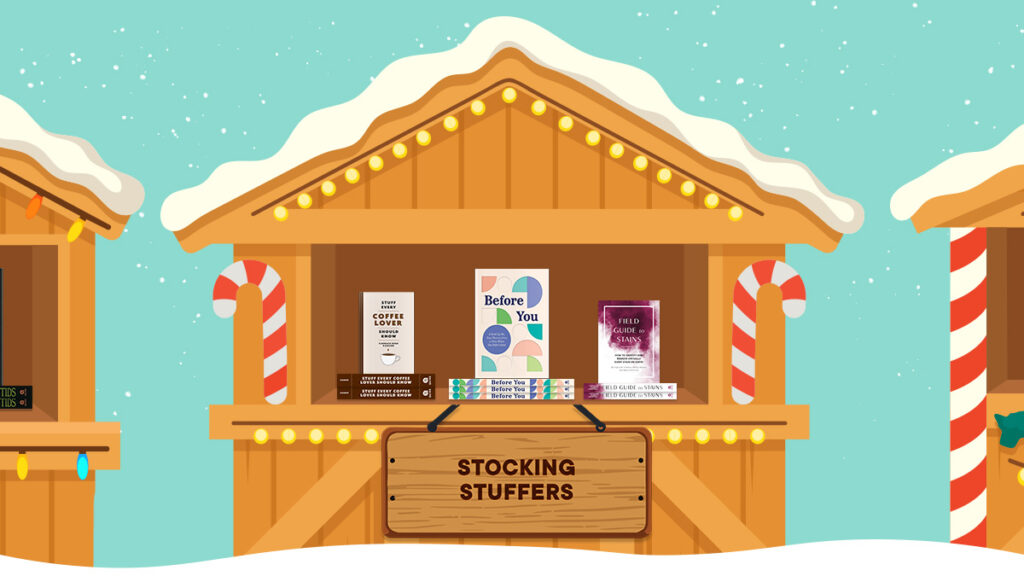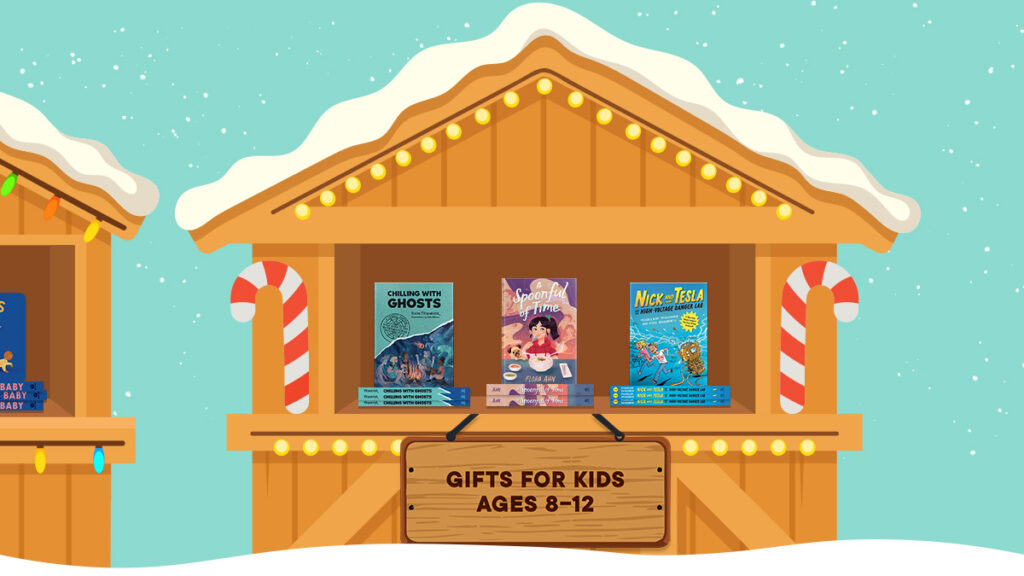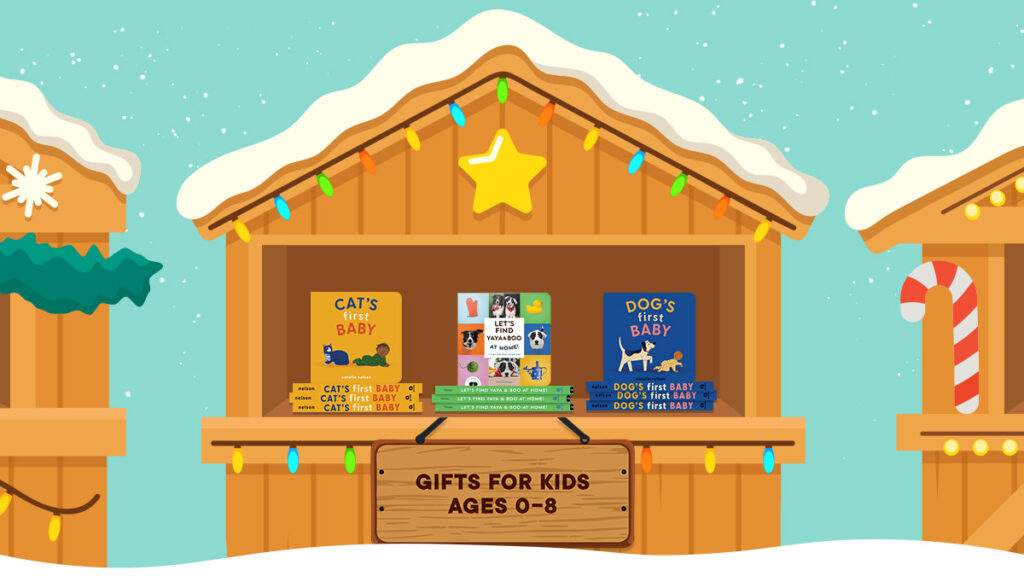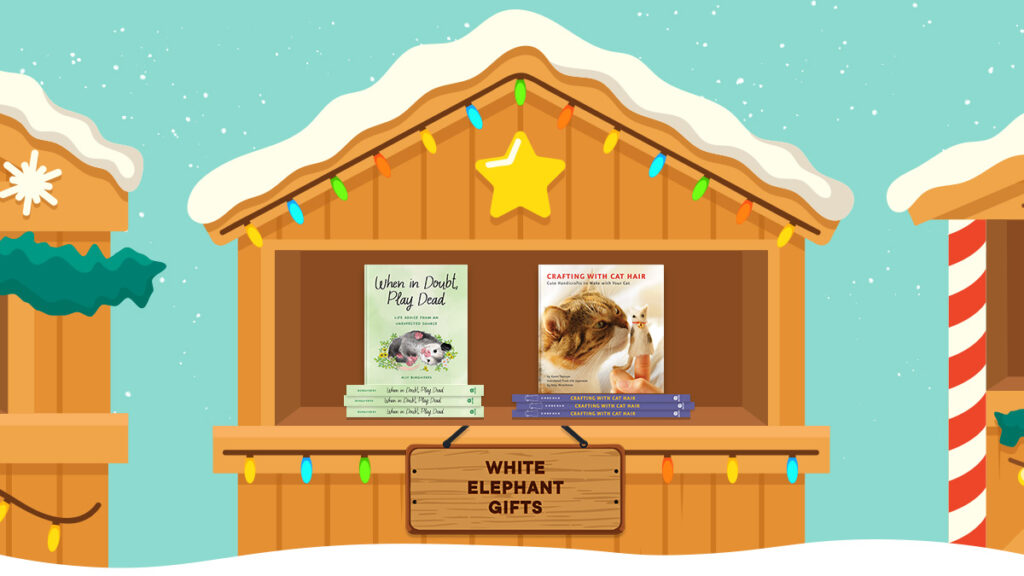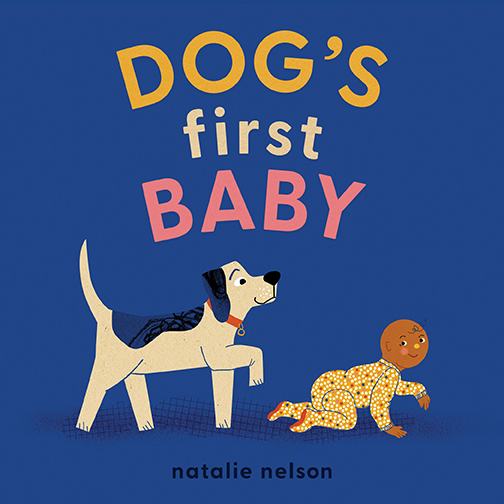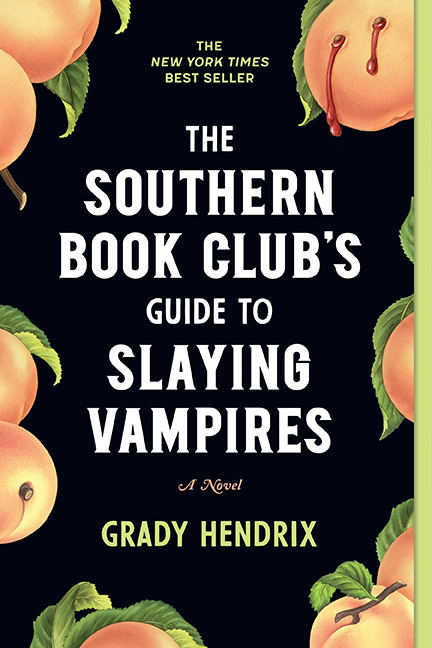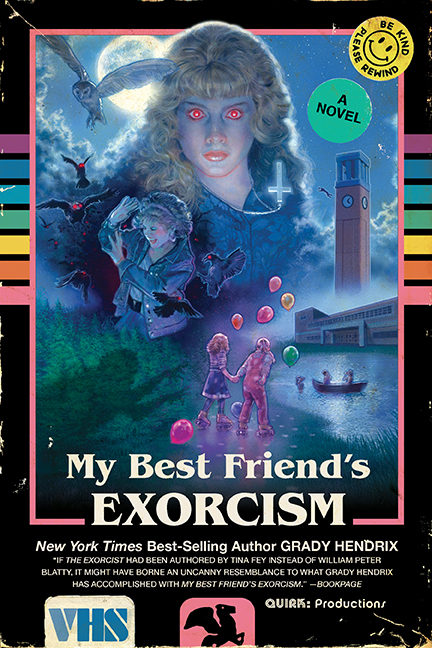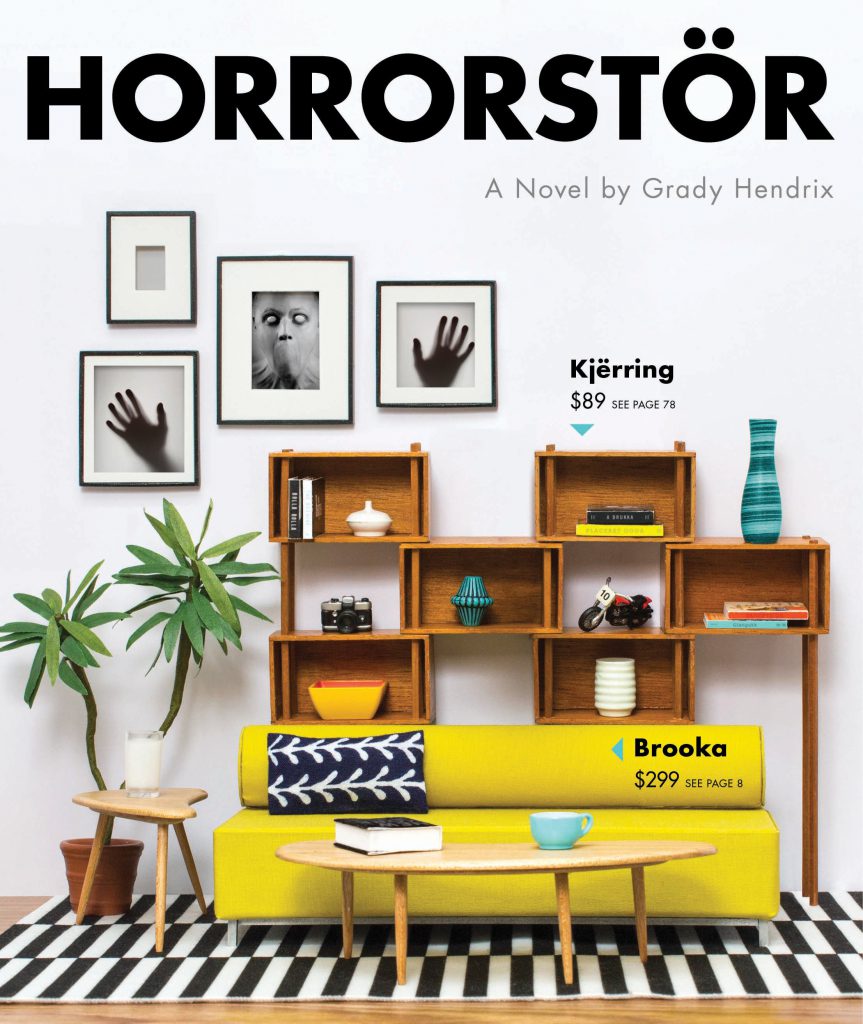Our Blog
Holiday Gift Guide 2023: Unapologetic Self-Care
Take a moment for yourself and plan some unapologetic self-care. Or gift this book to a friend or loved one who would enjoy one of these reads!
Posted by Quirk Books Staff
Holiday Gift Guide 2023: Stocking Stuffers
Your holiday shopping is done and you’re ready to wrap it up—almost! If you’re still looking for stocking stuffers, try these reads.
Posted by Quirk Books Staff
Holiday Gift Guide 2023: Holiday Books for the Family
These holiday books are perfect for the whole family!
Posted by Quirk Books Staff
Holiday Gift Guide 2023: Gifts for Kids Ages 8–12
These books are perfect for middle-grade readers interested in mythology, STEM projects, magical realism, cooking, and more! Find your young reader’s next book below.
Posted by Quirk Books Staff
Holiday Gift Guide 2023: Gifts for Kids Ages 0–8
These board books are tons of fun, and perfect for the littlest animal lovers.
Posted by Quirk Books Staff
Holiday Gift Guide 2023: White Elephant Gifts
These books make for great White Elephant gifts for anyone—especially the opossum and cat lovers in your life!
Posted by Quirk Books Staff
